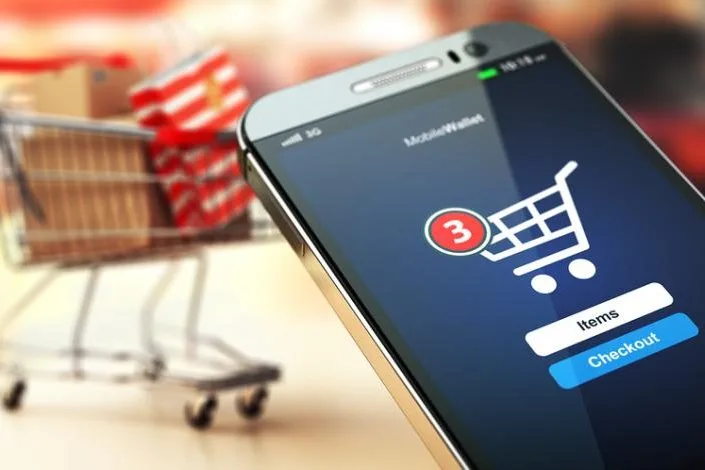Best Buy Omnichannel Strategy: A Model for Other Brick-and-Mortar Retailers?
The Best Buy omnichannel strategy suggests the retailer has learned how to take on Amazon successfully, but some areas for improvement remain.
Best Buy’s recent earnings suggest it is evolving to become a retailer that is taking the Amazon threat seriously—and is successfully fighting back. Best Buy’s omnichannel strategy is not only structured around competing on price—although that is a major part. It is also built around promoting and enhancing something Amazon doesn’t have in large numbers—physical stores—and boosting its eCommerce capability.
Best Buy is directly in the cross-hairs of Amazon, and its latest earnings report is proof that its investments in customer experience—while expensive—are generating growth in-store and online. In November, Best Buy announced modest sales growth of 1.3 percent, up from 0.1 percent growth in the previous quarter. Those figures are a welcome turnaround from prior quarters. In addition, the $8.9 billion in revenue exceeded analysts’ projections of $8.8 billion. Particularly noteworthy is that Best Buy owes much of its current success to domestic online revenue, which increased 24.1 percent to $881 million, primarily due to increased traffic, higher average order values, and higher conversion rates.
So what are the pillars of the Best Buy omnichannel strategy?
Showrooming
First, Best Buy realized it had to stop thinking of showrooming as a “bad” thing. Most consumers want to see electronics in person to see how they work and get a feel for how they will look in their home. So, Best Buy embraced showrooming and today the customer experiences brand boutiques within every Best Buy store, featuring the likes of Samsung, Sony, and LG. Best Buy also found that many shoppers would also make a purchase during the same trip if the prices were comparable to Amazon’s.
Price Matching
That led to the second pillar: price matching. The big box giant implemented a price-match guarantee, which is aimed at Amazon, but extends to the eCommerce sites of B&H Photo Video, Crutchfield, Dell, HP, Newegg, and TigerDirect.
Delivery
Third, Best Buy upped its delivery game. The retailer’s overall order time is now in line with Amazon Prime’s two-day order delivery promise. Amazon’s distribution centers throughout the United States get products into customers’ hands more quickly than its competitors. Now those national competitors are discovering that their brick and mortar stores—which are intentionally located for their shoppers’ convenience—are not only able to function as showrooms but also as distribution centers. Best Buy says half of online orders are now picked up in-store or shipped from a store, and 70 percent of Americans reside within 15 minutes of one of those locations.
Those three key areas are responsible for Best Buy’s fledgling turnaround, but the customer experience isn’t perfect. Two notable pain points remain: returns and mobile accessibility.
Returns
With returns, customers complain about Best Buy’s very tight return policy that generally requires products to be returned within 15 days, although there are exceptions. Best Buy could make hay by noting that while returning products to a brick-and-mortar store is “free,” sending back unsatisfactory merchandise online can cost the customer in postage, handling, and restocking fees. Even so-called “free” returns aren’t really free because the cost is either included within the item’s price or is part of a retailer’s strategy to increase order size.
Mobile Accessibility
The second point, mobile accessibility, is a challenge for many brick-and-mortar retailers, including Best Buy, and an area in which Amazon is a market leader. Customers want mobile wallet features, “favorite” lists, and to automatically load credit card information. Physical retailers can’t ignore the reality of the mobile shopper. OuterBox found that 62% of smartphone users have made a purchase online using a mobile device in the last six months. Solid mobile commerce design is critical to providing a positive user experience, particularly as it continues its aggressive growth: PayPal research predicts US mobile commerce will grow from $54.6 million in 2014 to $96.3 million by the end of 2016.
The new Best Buy omnichannel strategy lays a foundation for continued growth as the big box retailer battles against all competitors, especially Amazon. As it forges ahead, it must pay close attention to customers’ needs and buying behaviors, and meet expectations with innovations in service and technology that will encourage recurring sales.
Interested in Radial’s omnichannel solutions?
